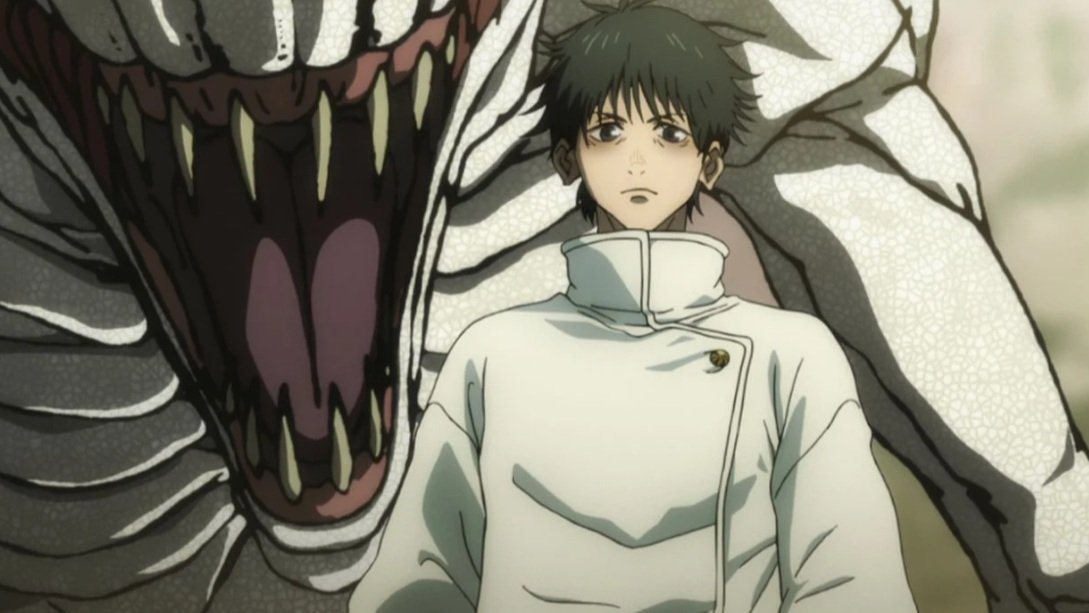Review: A Ghost Story
Writer-director David Lowery filmed A Ghost Story right after spending several years working on the big budget Disney movie Pete’s Dragon. Lowery said he wanted to make something smaller and more intimate, filmed at a much faster pace than his previous film. A Ghost Story represents the work of a filmmaker who is filled with ideas, eager to experiment with not only the medium, but the themes of life, death, and eternity.
It begins with a simple concept — Casey Affleck and Rooney Mara star as a couple living in a small rural home. Immediately, Lowery plays with our normal film-viewing expectations and shoots these scenes of the couple in long, uninterrupted shots. A Ghost Story is framed in a 1.33:1, aspect ratio with vignette corners, making these tableaus even more profound — we’re looking at frames reminiscent of a picture, silent and sometimes motionless. It’s not until tragedy strikes that these moments become more poignant — a far-reaching memory for Mara’s character, named M, who mourns the abrupt passing of Affleck’s character, named C.
Life doesn’t end with death in A Ghost Story — C suddenly ‘wakes up’ in the hospital, covered in a big white sheet, now destined to walk through the mortal plane as a ghost. C as the ghost goes back to the couple’s home to view M’s grief unfold. The film, again, stays on moments longer than anyone would expect. C’s ghost can’t communicate with M, as much as he’d like to, leaving him to watch, just watch. We as the viewer watch, as well. In what might be the film’s most bizarre and poignant moment, Rooney Mara’s M takes a chocolate pie and devours it, spoonful by spoonful in one long uninterrupted take. It’s a scene with no dialogue, but one that is a powerful meditation on the struggle with grief. She begins eating the pie on the counter, taking a reasonable slice and savoring the first bites. Then, out of pure anger more than anything, she takes her spoon and begins to chip away at it. Relentless, she grabs the entire pie and sits down on her kitchen floor — it’s now become a fight between her and this pie, it’s the only thing that makes sense to her now. She’s holding back tears, no longer enjoying each bite but trying to fill her vacant soul. It might sound silly, but in 2017, there's no other picture of grief I can relate to more than Mara sitting on the floor eating a pie furiously, with no end in sight.
From there, the film, like C’s ghost, meanders — it shifts between paranormal thriller to existential mind-bender. Apparently, the ‘ghost world’ has its own set of rules, which the film itself doesn’t bother to explore beyond a few quick indications. This ultimately works to the film’s benefit, as you really shouldn’t be asking what C’s ghost can do and what else is occurring out in the ‘ghost world’. C’s ghost becomes angry at one point and goes into full poltergeist mode, he then bends time, seemingly jumping ahead years within a few seconds. It’s all in an effort to reach out to the love he left behind, M.
A Ghost Story is about (or can be about) acceptance, the ultimate reconciliation that mortality contains our most cherished possessions — our memories. About halfway through C’s ghost’s journey, he’s witness to a party in which a man describes to his fellow guests how existence itself will eventually be wiped out and the universe will collapse on itself. This man states that all efforts to create a legacy for oneself are futile — as the film progresses, there’s a sense of hope that existence can indeed mean something to those who are looking for meaning, whether it’s the living or, in this case, the dead. For a film so small and intimate, A Ghost Story is an effective experimental film that acts as a prism through which we see eternity, making it one of the most refreshingly original films you'll see this year.













